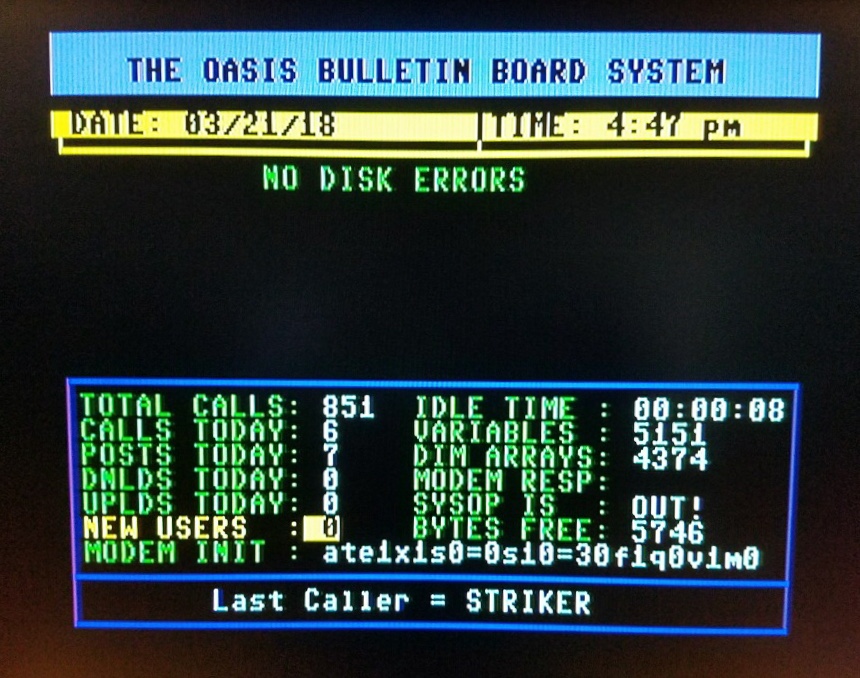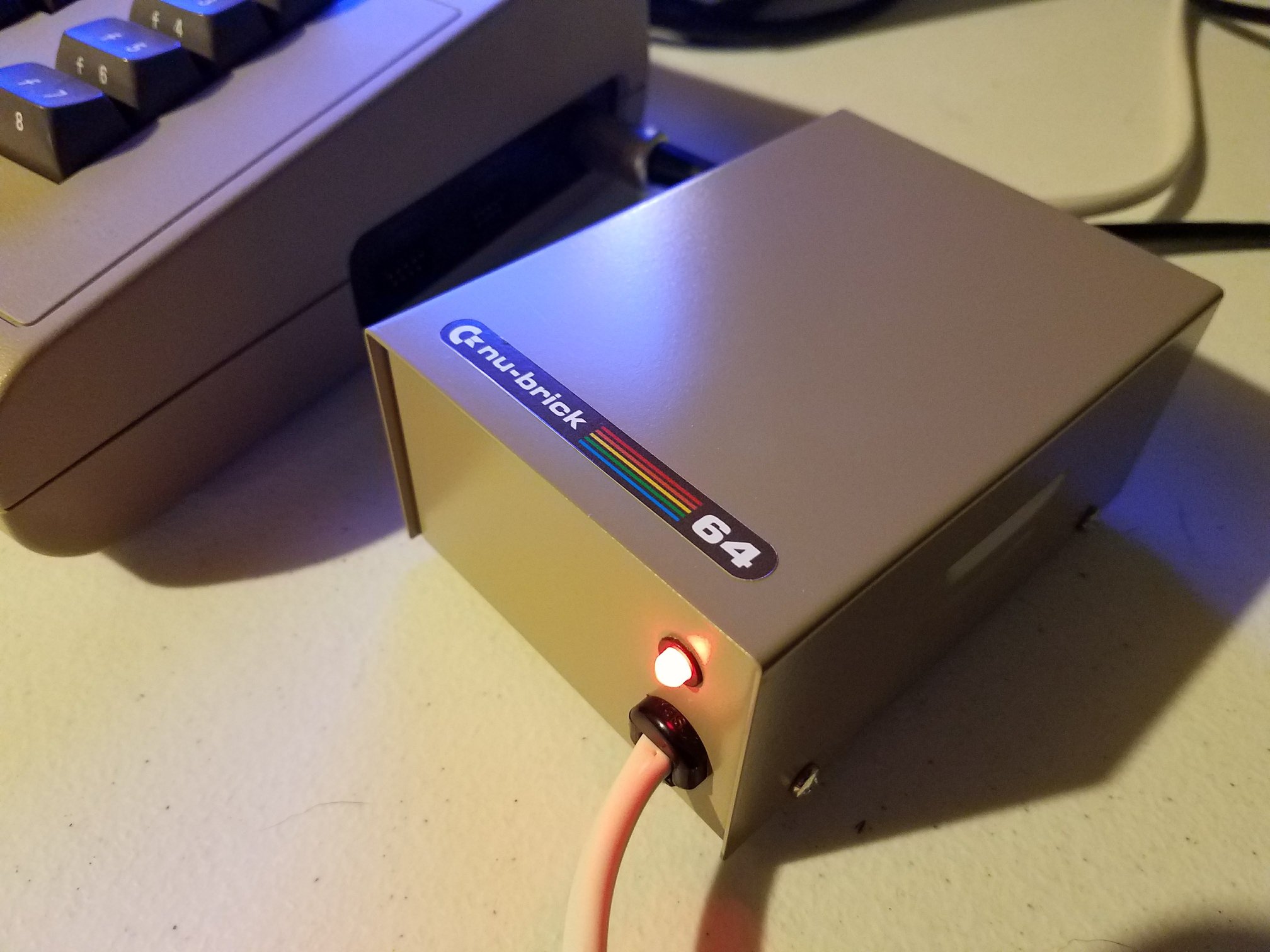Neil from Retro4U has his hands on one of the rarest modern Amiga boards ever made: the Alicia 1200 Mini-ITX build from Enterlogic. Only ten of these prototypes exist worldwide, created as part of Enterlogic’s celebration of forty years of Amiga innovation. Unlike FPGA recreations, Alicia runs on real AGA hardware, giving users the original Amiga experience in a compact Mini-ITX form.
From the moment Neil unboxes the board, it is clear this is something special. Every port, header, and socket echoes the original Amiga 1200 layout, only re-engineered to fit in modern PC cases. Enterlogic’s design keeps compatibility at its core while trimming the footprint for today’s builders.
Unboxing the Alicia Board
The unboxing itself feels ceremonial. Nestled in protective pink wrap lies the Alicia 1200, gleaming with surface-mounted components and through-hole connectors ready for assembly. Neil points out the major landmarks: Lisa, Alice, and Gayle, the heart of the AGA chipset, along with memory slots, ROM sockets, joystick ports, and even the local bus connector.
Enterlogic designed the Alicia to include everything the classic Amiga 1200 offered, with ports for audio, serial, parallel, and floppy drives, plus a PCMCIA slot. The expansion header accommodates accelerators and RTG cards, meaning this modern board can run serious Amiga setups in a small form factor.
Harvesting the Chipset
To build a true AGA machine, Neil salvages original chips from a donor Amiga 1200 motherboard. It is a risky process. Using a heat plate and careful application of flux, he removes the custom chips: Budgie, Alice, Lisa, and the Motorola 68EC020 CPU. The plan is to transplant them onto the Alicia board, giving this new creation authentic Amiga DNA.
As expected, the process is not smooth. Smoke rises, pins lift, and nerves are tested. One chip takes a fall but survives. With the components cooled and cleaned, Neil begins preparing the new board for population. “Scary and exciting,” he admits, echoing the feeling any retro builder knows too well.
Soldering, Testing, and Troubleshooting
The Alicia 1200 Mini-ITX build moves into its most intense phase: soldering. Using Kapton tape to protect delicate SMD parts, Neil methodically attaches each chip. Hours turn into days as he solders, inspects, and checks continuity. Once everything is seated, it is time for the first power-on test.
It does not go as planned. The board powers up, but the CPU overheats and the display stays black. Neil, ever determined, starts probing signals with his oscilloscope. He discovers missing clock signals, an issue likely caused by a faulty Budgie chip. After replacing Budgie, then Lisa, then Gayle, the board still refuses to boot. Yet, through the frustration, he gains valuable experience in surface-mount rework and timing analysis.
The breakthrough comes thanks to Shu from Enterlogic, who originally supplied the board. After Neil sends high-resolution images of the board, Shu spots a missing three-legged transistor hiding near a capacitor cluster. Neil solders it in, powers up again, and this time the board springs to life with a green LED and a flashing diagnostic screen. Success.
A Modern Amiga Reborn
Seeing the Alicia 1200 boot is a triumphant moment. After nights of troubleshooting and countless solder joints, the Amiga AGA chipset is alive once more, running on a compact Mini-ITX PCB. Neil’s delight is clear as he watches the familiar startup display appear on his monitor.
He takes a moment to show how the optional T2 adapter board fits into the design. This secondary board connects to the expansion slot, allowing accelerators and graphics cards to sit parallel with the main board. The layout is neat, modular, and modern, a perfect example of Enterlogic’s thoughtful engineering.
Enterlogic’s Vision
Enterlogic, known for its DIY Amy and Denise systems, built Alicia with the same spirit of preservation and accessibility. The company describes Alicia 1200 as a fully compatible Mini-ITX AGA system that offers “all the functionality and ports you love and expect.” Initially released as a limited edition for the AMIGA40 celebration in Mönchengladbach, the board represents the next evolution of real-hardware Amiga builds.
Full documentation is still being finalized, but purchasers can request the Bill of Materials and build details directly via email. With its limited run and high fidelity to Commodore’s design, the Alicia 1200 stands as one of the most ambitious Amiga recreations yet.
Community Collaboration
Neil’s success owes much to collaboration. Shu provided the board and diagnostic help, while other community members, like Jace1980 and John from Amiga Me, contributed knowledge and replacement ROMs. It is a reminder of how strong the Amiga repair and modding scene remains, builders helping builders keep vintage systems alive through shared expertise.
Neil ends his video with gratitude to his viewers and the retro repair community, encouraging them to follow his ongoing work as he completes the build, installs it into a Mini-ITX case, and begins testing software and games. The next installment promises gameplay footage and performance comparisons that will satisfy any Amiga enthusiast.







